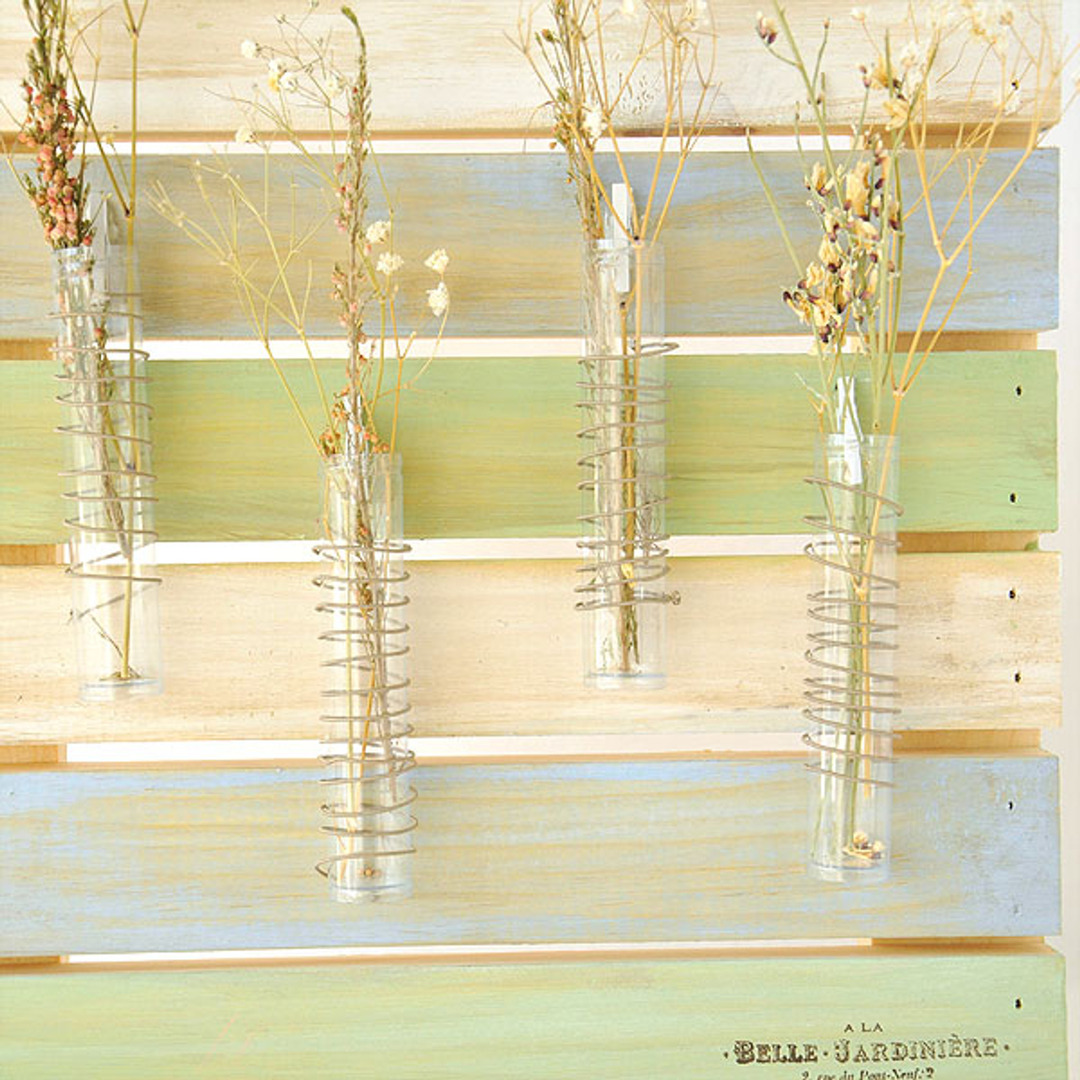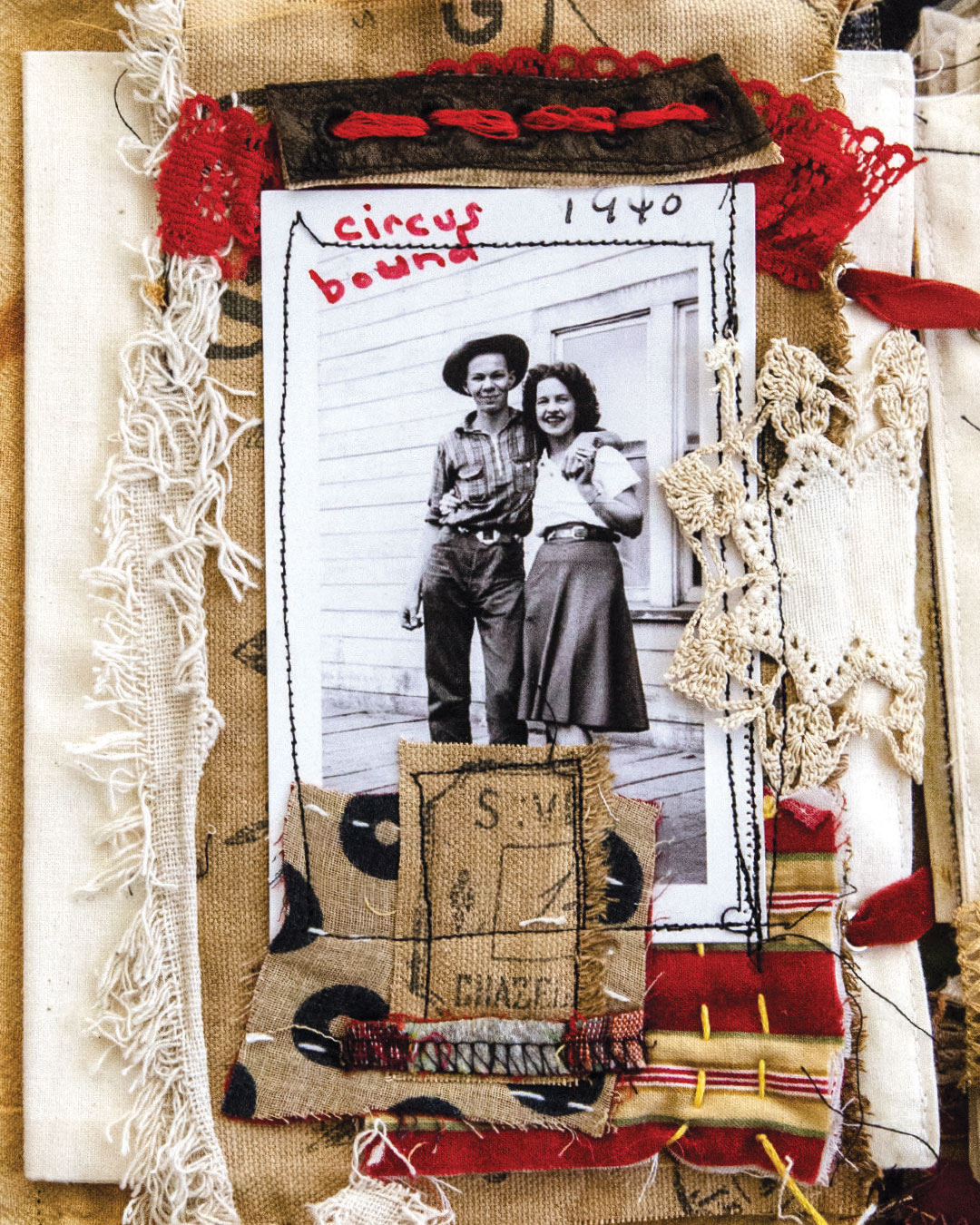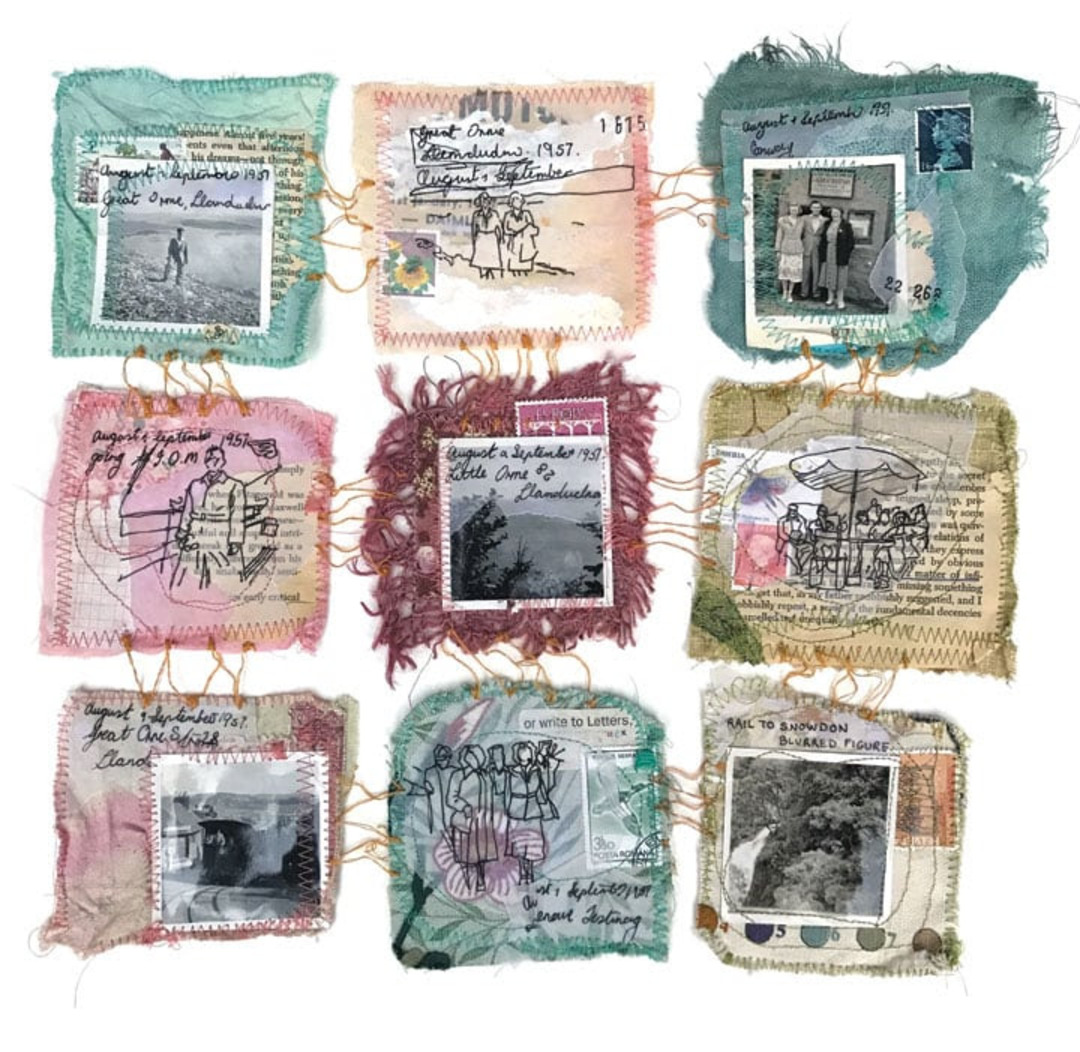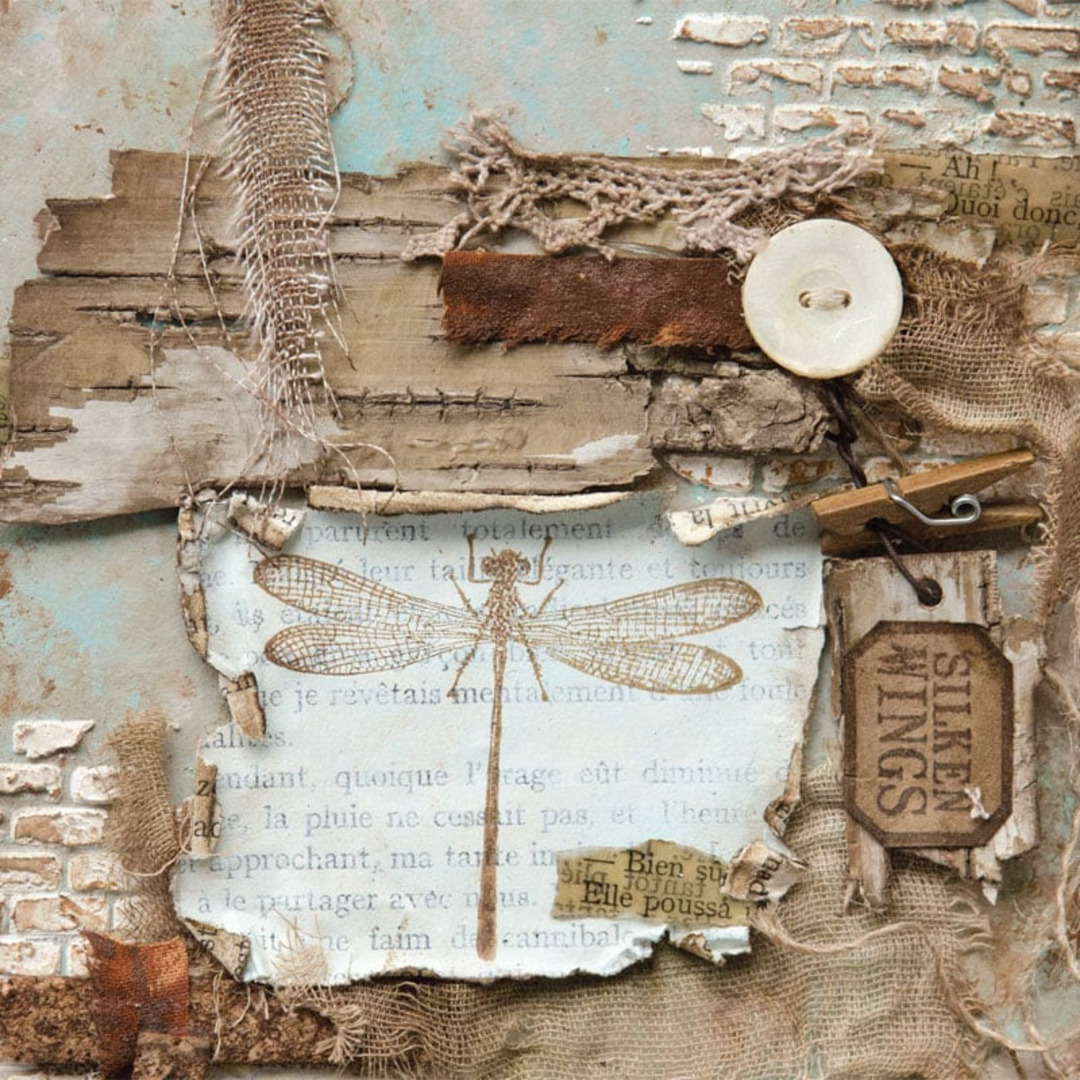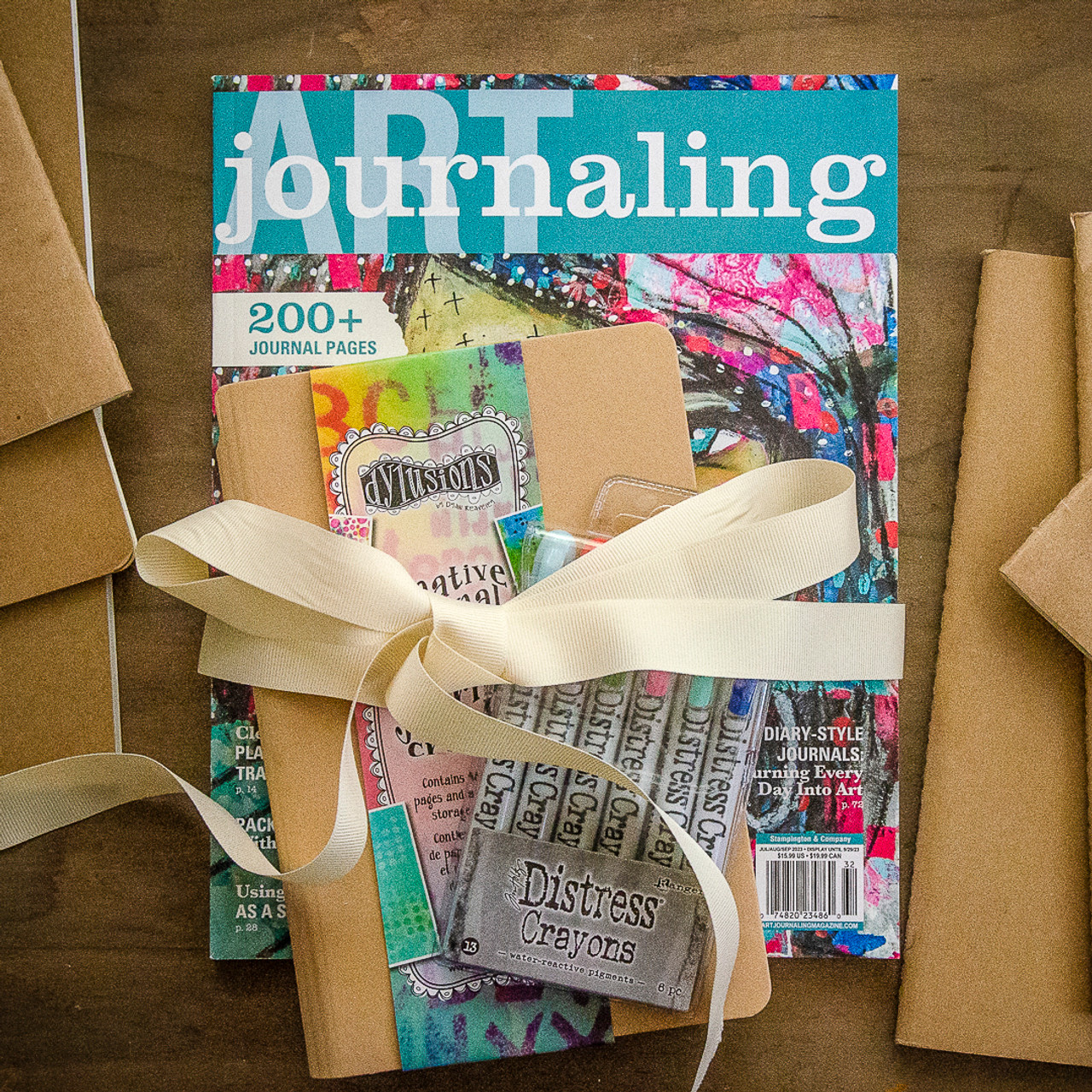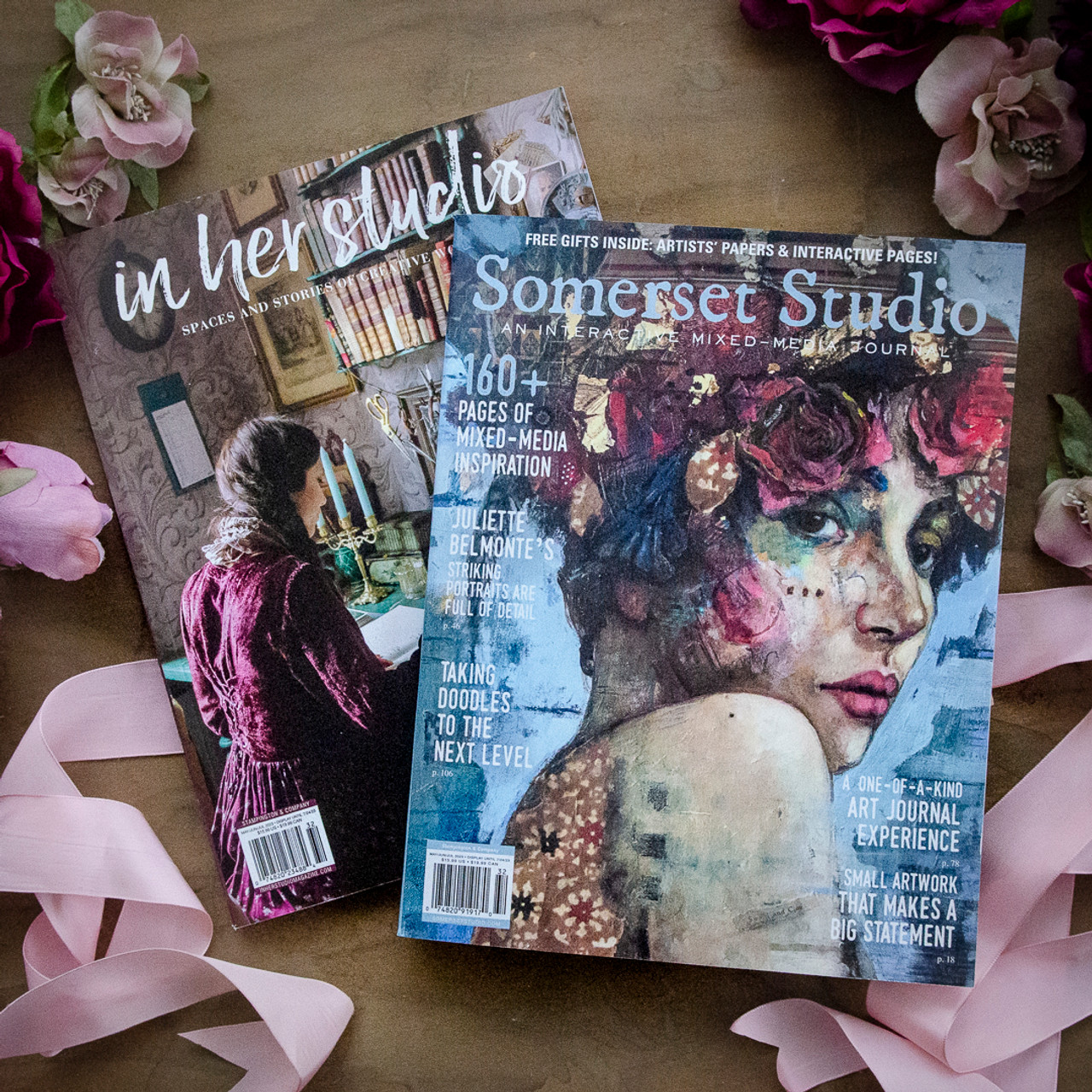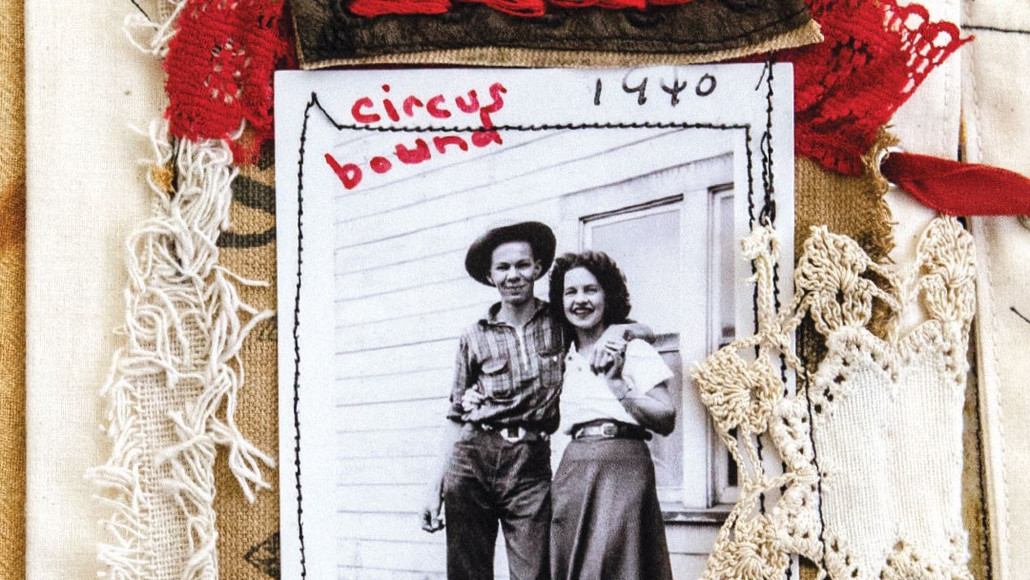
10 Surface Choices for Mixed-Media Art
Posted by Tuan Nguyen on Jul 7th 2023
You may know canvas is a widely used base for mixed-media art. But as this art form encourages experimentation, what other surfaces can you use to bring your artistic vision to life? And which one is most suitable for your art project?
The right surface choice matters, as it lays the groundwork for your artwork's overall aesthetic. From the timeless appeal of canvas to the uniqueness of Yupo paper, each surface offers opportunities for artistic exploration. In this blog, you'll find a range of foundations upon which your ideas can take shape.
Mixed-Media Art's Brief History
- Mixed-media art has a rich history that dates back to ancient times.
- It gained popularity in the early 20th century with the emergence of collage and assemblage techniques.
- The Dada and Surrealist movements further propelled mixed-media art by incorporating unconventional materials and techniques.
- Meanwhile, Pop Art introduced a fresh perspective by combining popular culture and everyday objects.
- Today, mixed-media art continues to evolve, embracing digital media and interdisciplinary approaches. It has become a dynamic field that blurs the boundaries between different art forms. With it, artists blend materials, techniques, and mediums to create visually compelling artworks.
10 Surface Choices for Mixed-Media Art
1. Canvas
Canvas is a classic and durable surface in the world of art. Its versatility makes it an excellent choice for mixed-media artists. Not to mention it provides a sturdy base for layering materials and techniques.
An advantage of canvas is its ability to absorb and retain the vibrant colors of acrylic paints. This quality allows for rich and expressive color palettes. Besides, the canvas can be stretched over a wooden frame, removing the need for additional framing.
Tip: Try experimenting with different textures. Before applying paints or other materials, prepare the canvas using gesso or textured mediums.
2. Watercolor Paper
Watercolor paper is another surface choice with unique possibilities for mixed-media art. It provides a textured backdrop that elevates the visual impact of your artwork. Its absorbency allows you to work with wet mediums and create beautiful washes.
Additionally, you can incorporate other materials like handmade paper or found objects. Experimenting with layering on watercolor paper can lead to intriguing results.
Tip: The rough or cold-pressed surface works well with techniques like watercolor painting and ink washes.
BELLE JARDINIÈRE ⎟ PAINTED PALLET PROJECT
3. Wood Panels
When you want an organic alternative to traditional surfaces, wood panels are perfect for livening up your art. Wood's natural warmth and grain patterns will add depth and character to the artwork.
In addition, wood panels can withstand heavy applications of paint, collage materials, and even sculptural elements. And these panels can be smooth, flat, or sanded to achieve a textured effect.
Tip: Make wood's natural texture part of your artwork. To do so, expose parts of it or utilize wood-burning techniques.
4. Yupo Paper
Yupo paper is a synthetic and non-absorbent surface. Unlike traditional paper, it allows for greater control over the movement of paints and other liquids on its surface. This unique quality makes it ideal for creating abstract and fluid art with vibrant colors and textures.
Tip: Pouring, dripping, and layering are techniques you can try with this smooth surface. You can also add other materials like metallic pigments, alcohol inks, and acrylic mediums for better visual effects.
KIM COLLISTER ⎟ SOMERSET STUDIO WINTER 2023
5. Mixed-Media Boards
Mixed-media boards are purpose-built surfaces tailored to meet the needs of mixed-media artists. With their rigid composition, these boards can take on more mixed-media elements than you'd think. Plus, you can effortlessly manipulate and layer various mediums on the surface.
Available in multiple sizes, mixed-media boards offer versatility and options for artistic exploration. Whether you prefer a pre-primed surface or one with textured options, these boards open up a world of creative possibilities.
Moreover, mixed-media boards often come with a neutral or toned background, serving as a ready-made base for art. This feature proves especially beneficial for artists seeking to establish a specific color palette or create a cohesive series of artworks.
Tip: Consider layering and building up your artwork gradually. This step-by-step approach helps create depth and dimension in your artwork. Remember to let each layer dry thoroughly before adding the next to prevent smudging or blending of colors.
6. Metal
Working on metal surfaces can add a unique and industrial touch to your mixed-media artwork. Metals like aluminum, copper, or steel can be the base or elements in your artwork.
Tip: Apply techniques like etching, engraving, or embossing to create texture and visual interest on the metal surface. Additionally, you can experiment with patinas, rusting agents, or chemical treatments for visual appeal.
7. Glass
Glass provides a transparent, glossy surface, adding complexity to your mixed-media art. You can work on glass surfaces directly or use glass as a collage element.
Tip: Painting, etching, or glass fusing techniques can help create intricate designs and effects.
ANNIE LE SANTO ⎟ SEW SOMERSET WINTER 2018
8. Fabric
Using fabric as a surface in mixed-media art allows a unique mixture of texture, pattern, and color. You can select your base from various fabric types, such as linen or silk. Or you can even use unconventional materials like lace or burlap. Each has its distinct characteristics.
You can paint, stitch, layer, or embroider the surface to add different elements. The texture and weave of the fabric would interact with your chosen mediums, creating interesting visual effects.
Tip: Experiment with painting, dyeing, printing, or even distressing the fabric to achieve the desired effect. Also, you can cut, tear, or layer fabric to create collage-like compositions.
9. Masonite or Hardboard
Masonite or hardboard is a durable surface and a robust alternative to wood panels or traditional canvas. This engineered wood product provides a sturdy and consistent base for mixed-media art. It's particularly fitting for larger-sized artworks due to its strength and resistance to warping.
Tip: Prepare the surface properly before starting your artwork. Begin by lightly sanding and then priming the surface. As a result, these steps enable better adhesion of paints, mediums, and collage materials.
LYNNE MONCRIEFF ⎟ SOMERSET APPRENTICE AUTUMN 2016
10. Found Objects and Upcycled Surfaces
In mixed-media art, found objects and upcycled surfaces offer endless possibilities for creative exploration.
You can repurpose old books, vintage photographs, tags, discarded furniture, or even scraps as the foundation for your art. This approach adds an element of storytelling and repurposing. And it gives new life to forgotten or discarded items.
Tip: Consider the narrative or symbolic potential of each item. Before using a found object or upcycled surface, reflect on its history, meaning, or personal significance.
How to Choose the Right Surface for Mixed-Media
For a seamless creative experience, it's essential that you find the ideal surface. Here are some considerations to help you make the right choice:
- Define Your Vision: Start by clarifying your artistic goals. What textures, visual effects, and sizes do you envision for your artwork? With a clear vision, you can select a surface that aligns with your creative intentions.
- Medium Compatibility: Consider the materials and techniques you plan to use. Different surfaces interact differently with various mediums. For example, watercolor paper suits water-based paints, while canvas is adaptable for acrylics and oils. Ensure what you choose is compatible with the mediums you intend to use.
- Embrace Experimentation: Experiment with unconventional surfaces such as metal, glass, or fabric to add intrigue to your art. Let your curiosity guide you toward unexpected possibilities.
- Durability Matters: Evaluate the durability of the surface. Will it withstand the demands of your chosen materials and techniques?
- Trust Your Instincts: Follow your artistic instincts and preferences. Choose a surface that resonates with your unique style and allows you to express yourself authentically.
By now, we hope you're more confident in choosing the perfect surface for your mixed-media art. And if you find this information helpful, check out our Somerset Studio magazine. Peek inside, and you'll find 176 pages filled with tips, techniques, on-trend projects, and artistic prompts.


